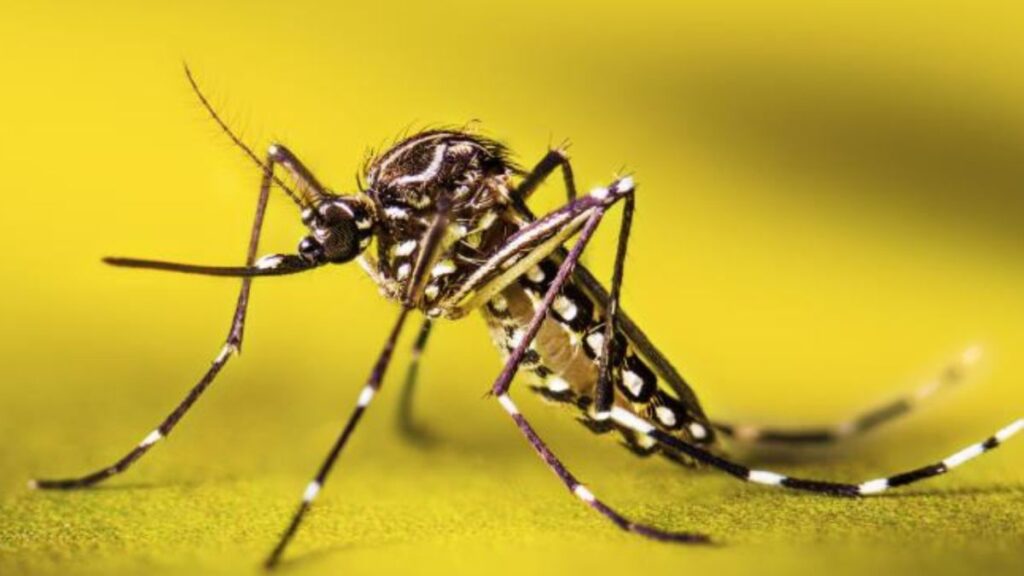Introduction:
Dengue fever is a mosquito-borne viral infection that has been causing a significant global health burden in recent years. Understanding the impact and trends of dengue outbreaks is crucial for effective prevention and control efforts. In this blog, we will delve into the world of dengue outbreaks, exploring their global reach and the factors driving their occurrence.
The Global Impact of Dengue Outbreaks
Dengue fever is not limited to a specific region; it is a worldwide concern. Here’s a look at the global impact of dengue outbreaks:
Geographical Spread:
Dengue outbreaks have been reported in over 100 countries across Asia, the Pacific, the Americas, Africa, and the Middle East. This widespread distribution makes it a global health threat.
Rising Incidence:
The incidence of dengue has dramatically increased over the past few decades. In some countries, the number of reported cases has surged, posing a considerable challenge to healthcare systems.
Economic Burden:
Dengue outbreaks have a substantial economic impact. Healthcare costs, lost productivity, and the burden on healthcare infrastructure all contribute to the financial strain caused by dengue.

Factors Contributing to Dengue Outbreaks
Several factors contribute to the occurrence of dengue outbreaks:
Climate Change:
Changes in temperature and precipitation patterns can affect mosquito breeding and the spread of dengue. Warmer and wetter conditions provide favorable environments for the Aedes mosquitoes that transmit the virus.
Urbanization:
The rapid growth of cities and inadequate sanitation services create breeding grounds for mosquitoes. Urban areas are particularly susceptible to dengue outbreaks.
Travel:
International travel can facilitate the spread of dengue. Infected travelers can introduce the virus to new regions, leading to localized outbreaks.
Trends in Dengue Prevention and Control
Efforts to combat dengue continue to evolve:
Vaccination:
The development and deployment of dengue vaccines are promising steps in preventing the disease. Vaccination campaigns are being implemented in endemic regions.
Vector Control:
Mosquito control remains a fundamental strategy. Innovations in mosquito control techniques and community engagement are essential for reducing transmission.
Data Surveillance:
Improving data collection and surveillance systems helps track outbreaks and guide public health responses.
Conclusion
Dengue outbreaks are a global health concern with far-reaching consequences. Understanding the geographical spread, rising incidence, economic impact, and contributing factors is crucial for effective prevention and control. By staying informed and implementing comprehensive strategies, we can work towards reducing the global impact of dengue outbreaks and safeguarding public health.
Remember, staying informed and taking preventive measures, such as using mosquito nets and repellents, can help protect individuals and communities from this potentially deadly disease.

